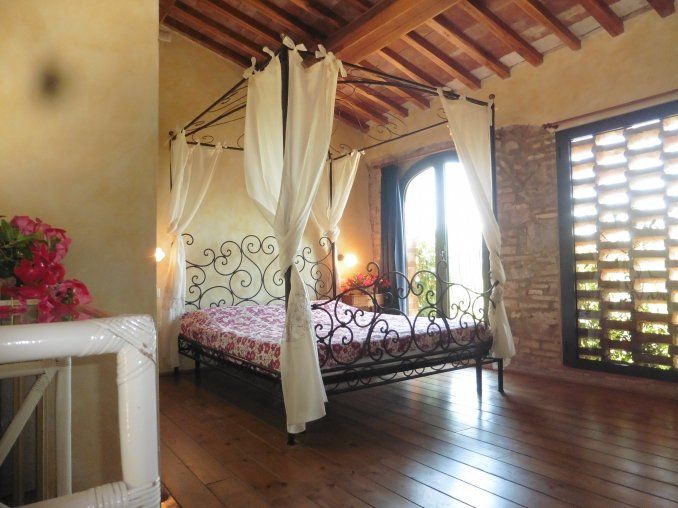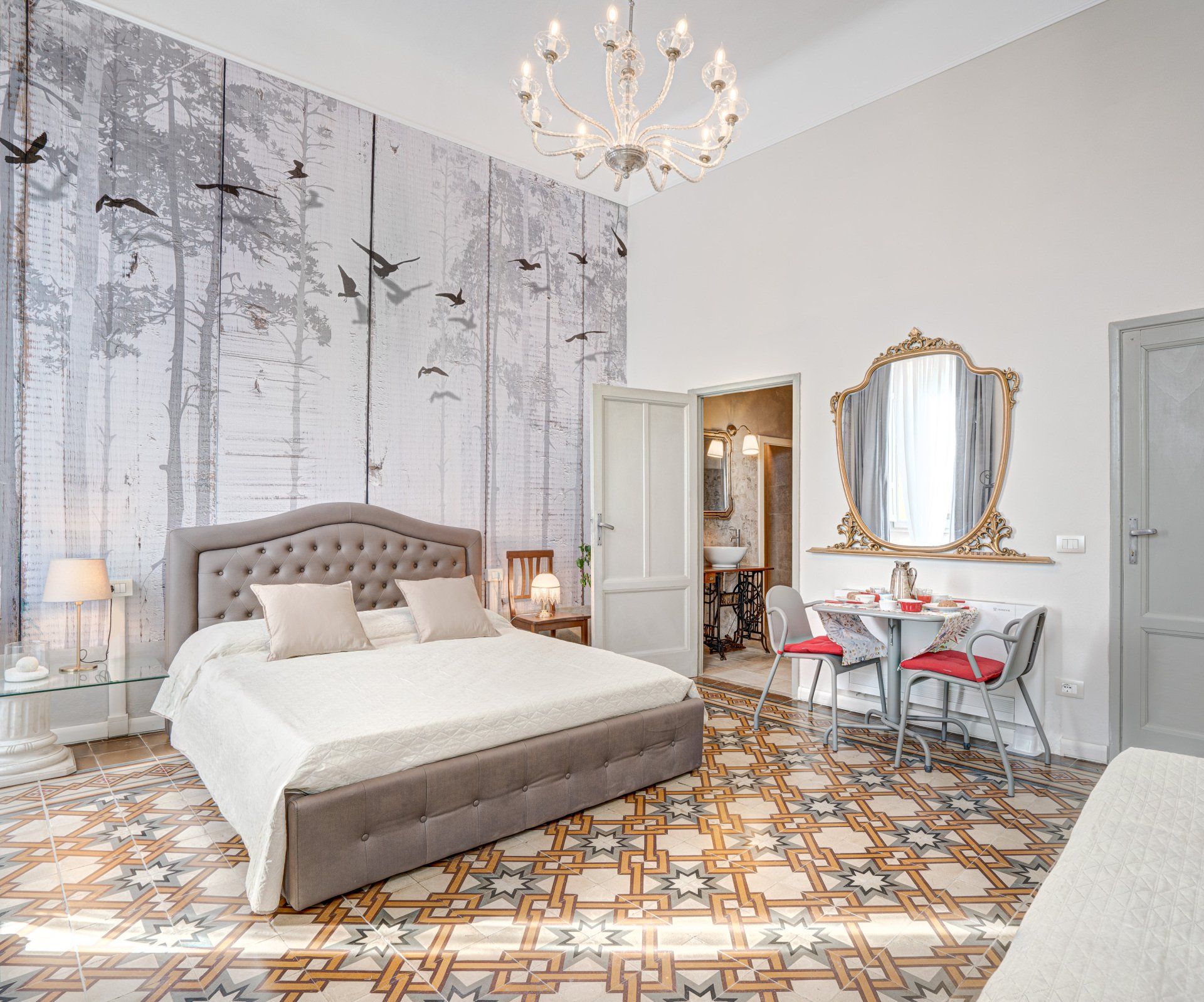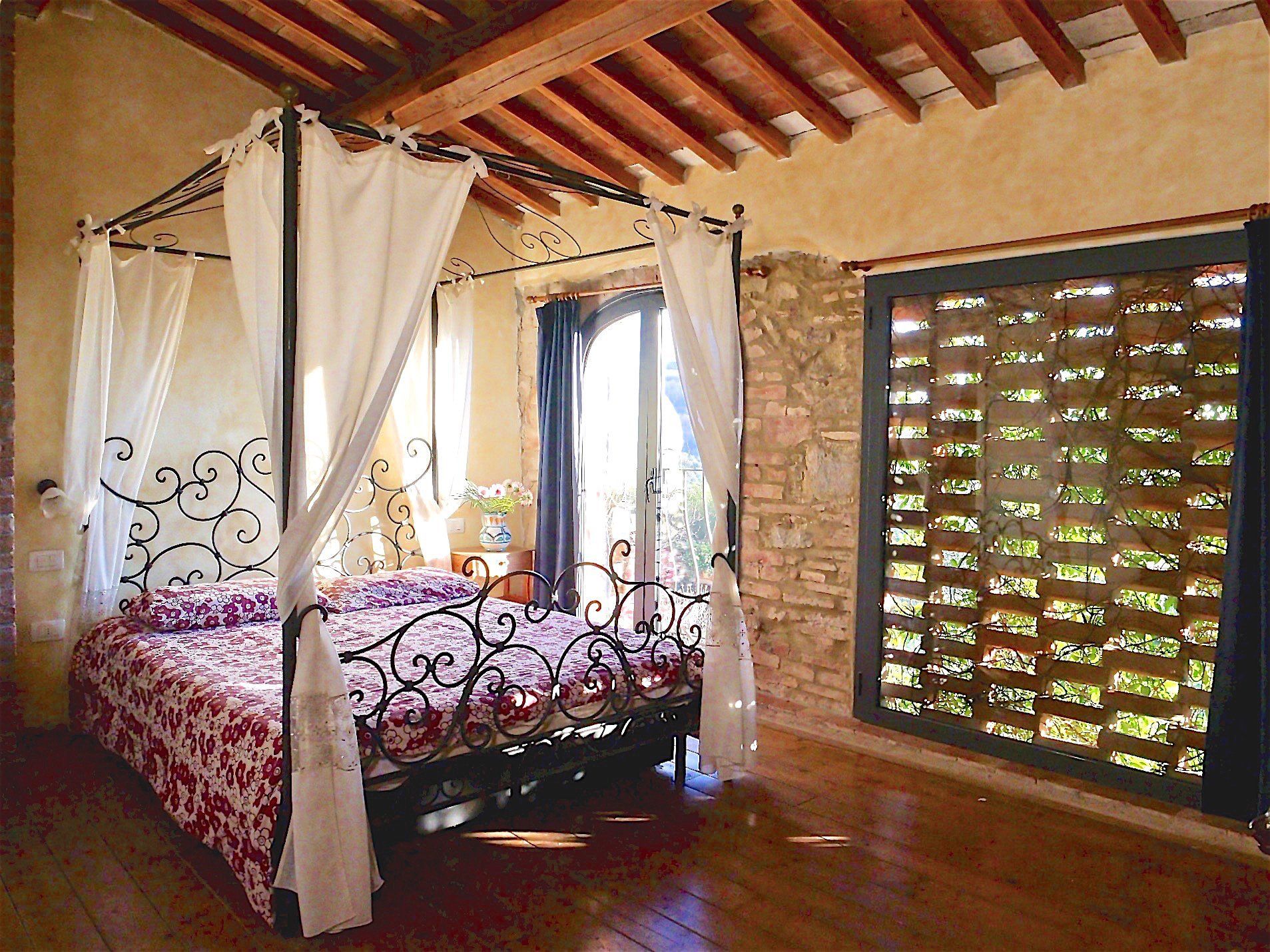Prato

Slide title
Scrivi qui la tua didascaliaButton
Slide title
Scrivi qui la tua didascaliaButton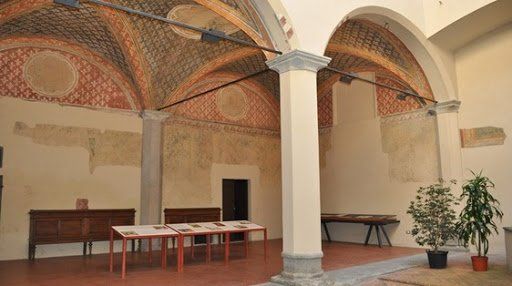
Slide title
Scrivi qui la tua didascaliaButton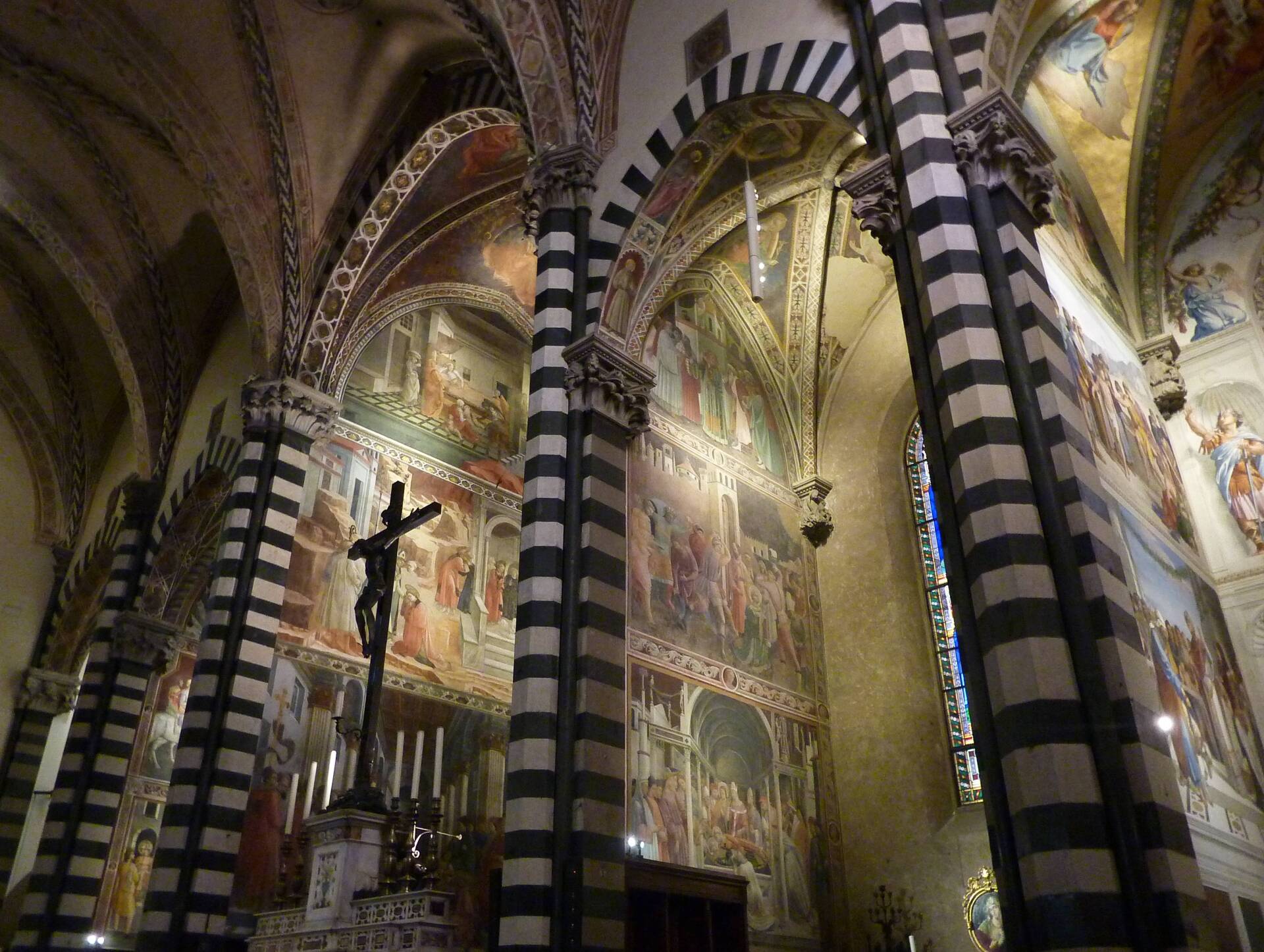
Slide title
Scrivi qui la tua didascaliaButton
-
Prato - a little known little jewel of Tuscany
The city, with over 190.000 inhabitants, is famous for its wool textile industry, that as long ago as the Middle Ages, has an important role in the economic and social development of the entire district. Its modern factories are now concentrated in the industrial zones. But beyond this aspect, Prato offers the tourist many historical and artistic attractions of great interest, with a cultural itinerary that goes from Medieval times to the Contemporary Art.
In fact, if more attention is paid to this ancient centre near the Valley of Bisenzio, it will be discovered to contain a vast number of artistic and cultural treasures that are truly worth visiting. It’s impossible not to stop there even if it is only to be able to see the Prato Cathedral, a jewel in the heart of the city, where one can stop and admire the delicate face of Salomé dancing in the painted frescoes by Filippo Lippi, one of the greatest expressions of the Italian Renaissance recently restored and returned to its historic splendour along with the frescoes by Paolo Uccello and Agnolo
Gaddi, and with an outer pulpit decorated by none other than Donatello.
Beside this soul made of historic works of art, Prato also reveals its avant-garde spirit with its Luigi Pecci Centre for Contemporary Art, that each year dedicates temporary shows to artists of international importance such as Mario Merz, Jan Fabre and Mimmo Paladino.
17/6/2021 S
Prato. Brief history of the city
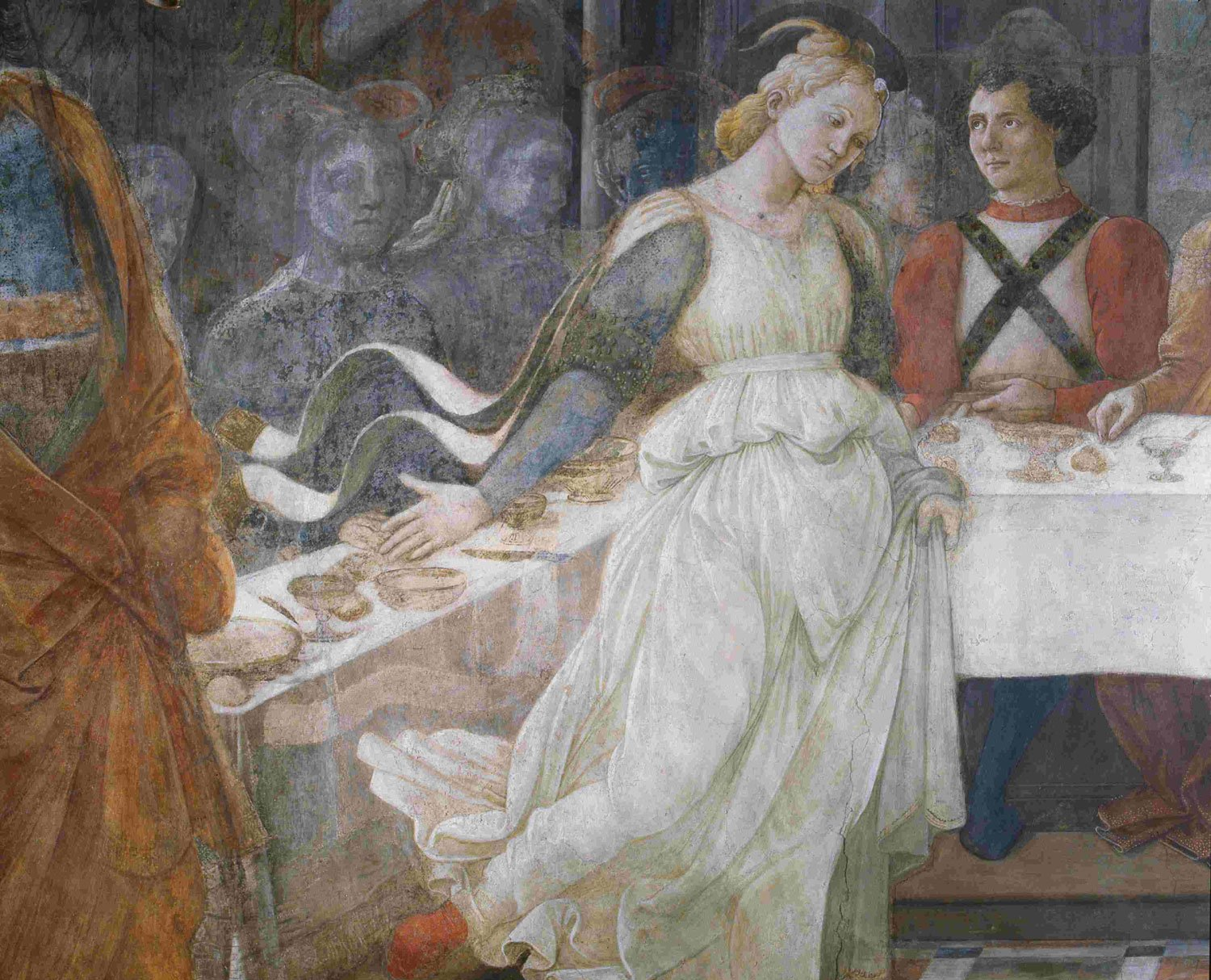
Titolo diapositiva
Scrivi qui la tua didascaliaPulsante
-
Prato - Frescoes by Filippo Lippi in the Cathedral
In the fifteenth century the city of Prato experienced one of the magical moments in the history of Italian art, when many of the principal Italian artists of the period worked here.
Artists as Donatello, Michelozzo, Maso di Bartolomeo, Paolo Uccello and Filippo Lippi. To this list the son of Fra Filippo, Filippino, should be added, who began his career in Prato and who returned to Prato as an elderly man and continued to work.
Over all of this the charismatic figure of Filippo Lippi prevails. During the 1450s and 1460s he worked on the frescoes of Saint Stephen and the Baptist, in the main chapel of the cathedral.
Fra’ Filippo worked on the frescoes in the Dome of Prato for thirteen years, from 1452 to 1465, a work delayed by interruptions, money requests, stress to finish it, new negotiations for the contract and so on. These years were crucial also for his personal life, in 1456, during the work on the frescoes in the Dome of Prato,
he was assigned chaplain of the Augustinian Convent of Santa Margherita and fell in love with the young nun Lucrezia Buti. After he had made her pose for a painting destined for the same convent, he convinced Lucrezia to escape with him taking her to live in his house in
Prato. A year after Lucrezia gave birth to Filippino and in 1491, thanks to the intercession of the Medici family the Pope accepted the dissolution of their vows.
Lippi never married Lucrezia but she was immortalized in many paintings, from the Salomè in Prato to the Lippina at the Uffizi, initiating a new genre imitated for centuries. Their love story was a big scandal at the time but the greatness of his art was never questioned. Among his clients, Cosimo il Vecchio was his biggest admirer, ready to support all his sentimental intemperance and
his loose living.
The frescoes are visible together with the treasures preserved in the Museo dell'Opera del Duomo such as the Holy Girdle of the Madonna.
-
Opening time and tickets
MUSEO DELL’OPERA DEL DUOMO AND FRESCOES BY FILIPPO LIPPI IN THE CATHEDRAL
Piazza Duomo, 49
59100 Prato
telefono +39 (0)574 29339
e-mail: musei.diocesani@diocesiprato.it
Timetable
Monday to Saturday 12-17
Sundays and holidays 13-17
Closed on Tuesday
Single ticket for admission to the Museum and presbytery of the Cathedral (frescoes by Filippo Lippi, Paolo Uccello, Alessandro Franchi, Neri by Antonio):
full 5 euros
free under 17, disabled and accompanying person, tourist guides, journalists
17/6/2021 S
Prato - Frescoes by Filippo Lippi in the Cathedral - Opening times and Tickets
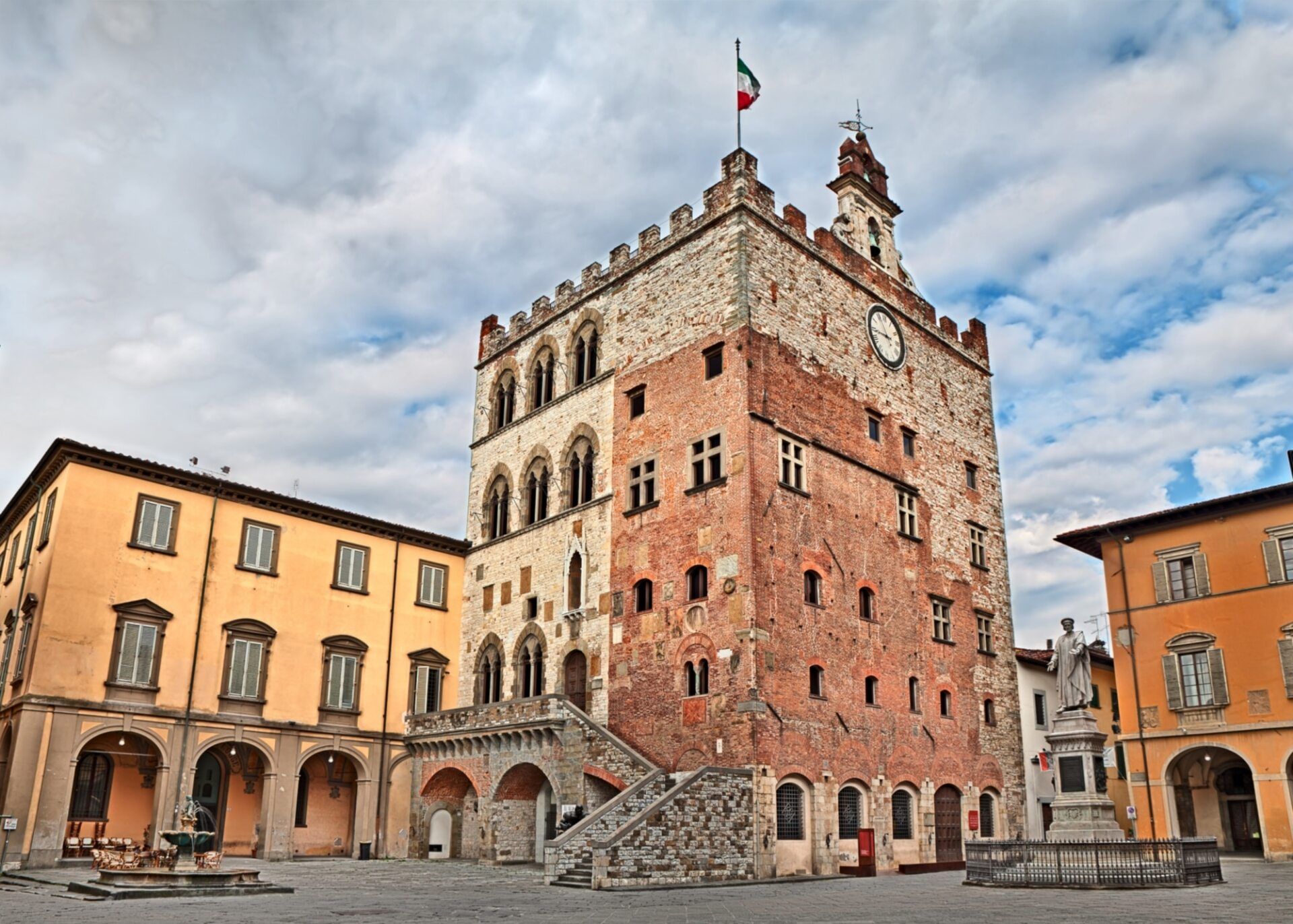
Titolo diapositiva
Scrivi qui la tua didascaliaPulsante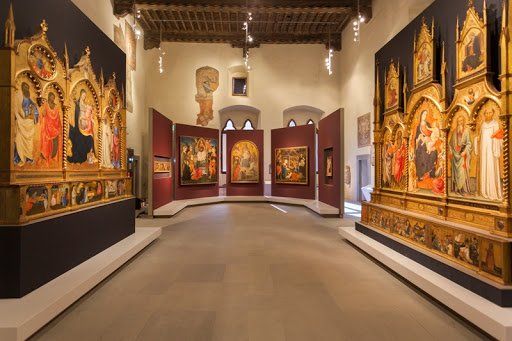
Titolo diapositiva
Scrivi qui la tua didascaliaPulsante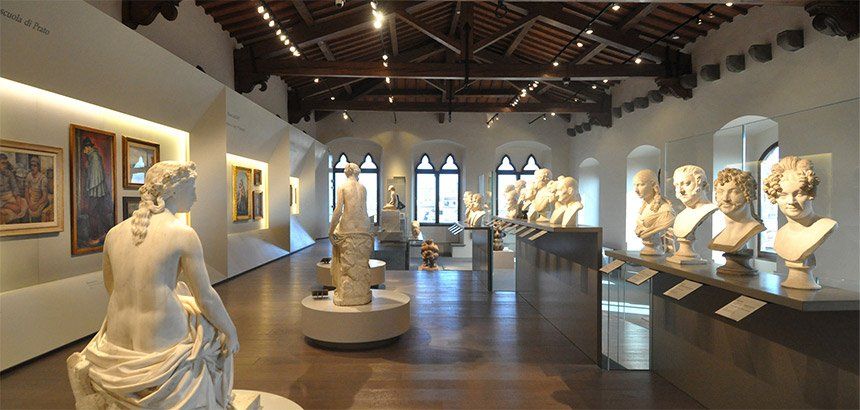
Titolo diapositiva
Scrivi qui la tua didascaliaPulsante
-
Prato - Palazzo Pretorio Museum in Prato
The Palazzo Pretorio di Prato dates back to the end of the thirteenth century. It was initially the town hall, seat od court, prison and foreign magistrates, while in 1700 it was adapted to the administrative offices of the Grand Duchy of Tuscany.
Today it is a museum that houses works of art, mostly pictorial, from the late Middle Ages to the 19th century. Here you can admire works by Donatello, Filippo and Filippino Lippi, the polyptychs by Bernardo Daddi and Giovanni da Milano, the altarpieces by Santi di Tito and Alessandro Allori and the gipsoteca by Lorenzo Bartolini.
-
Opening time and Entrance Tickets
PALAZZO PRETORIO MUSEUM IN PRATO
Timetables and Tickets
The Museum is open from 10.30 to 18.30
Closed on Tuesdays.
Closed on December 25th
Information and reservations
tel. 0574 24112 - 0574 1837860
museo.palazzopretorio@comune.prato.it
Museum entrance tickets
Full € 8.00
• 19-65 years old
Reduced € 6.00
• residents in the municipality of Prato
• over 65
Reduced € 4.00
• children aged 7 to 18
• students without age limits
• schools outside Prato
Free
• children from 0 to 6 years
• accredited journalists
Family ticket € 16.00
• Family rate for 1 to 2 adults and 1 to 3 children 6-12 years
Audio guides
€ 3.00 / € 5.00
• single / double
(currently not available due to restrictions aimed at combating Covid 19)
Prato - Palazzo Pretorio Museum - Opening times and Tickets
17/6/2021
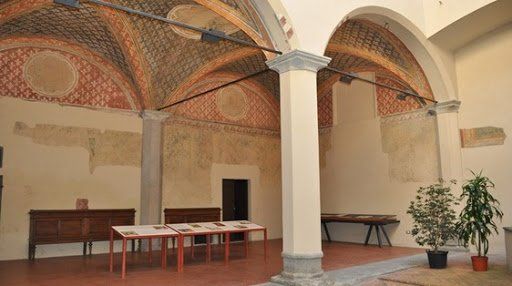
Titolo diapositiva
Scrivi qui la tua didascaliaPulsante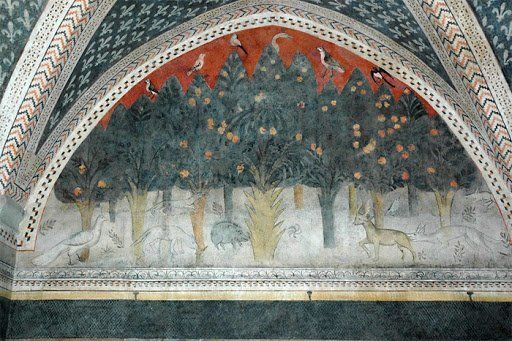
Titolo diapositiva
Scrivi qui la tua didascaliaPulsante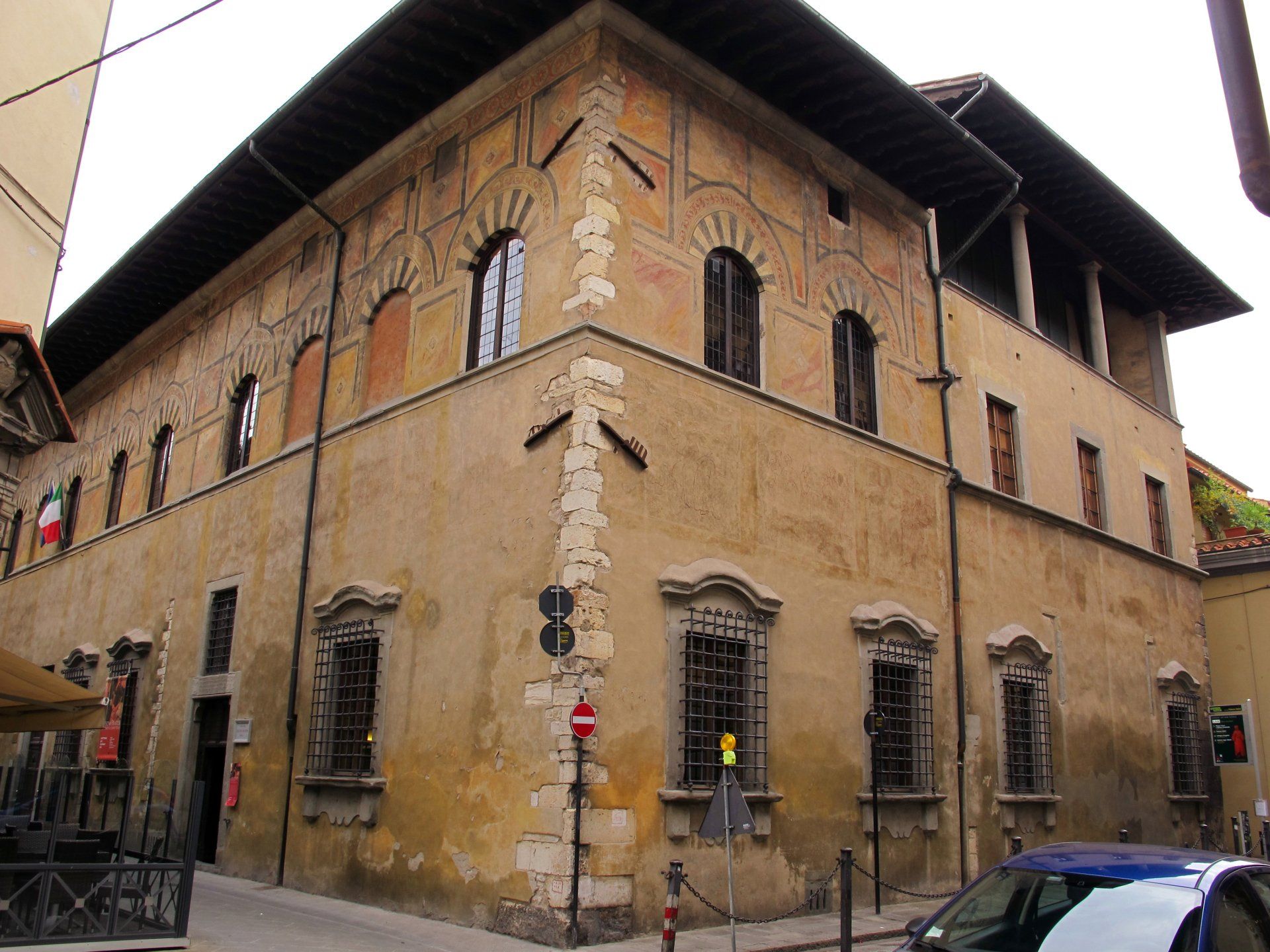
Titolo diapositiva
Scrivi qui la tua didascaliaPulsante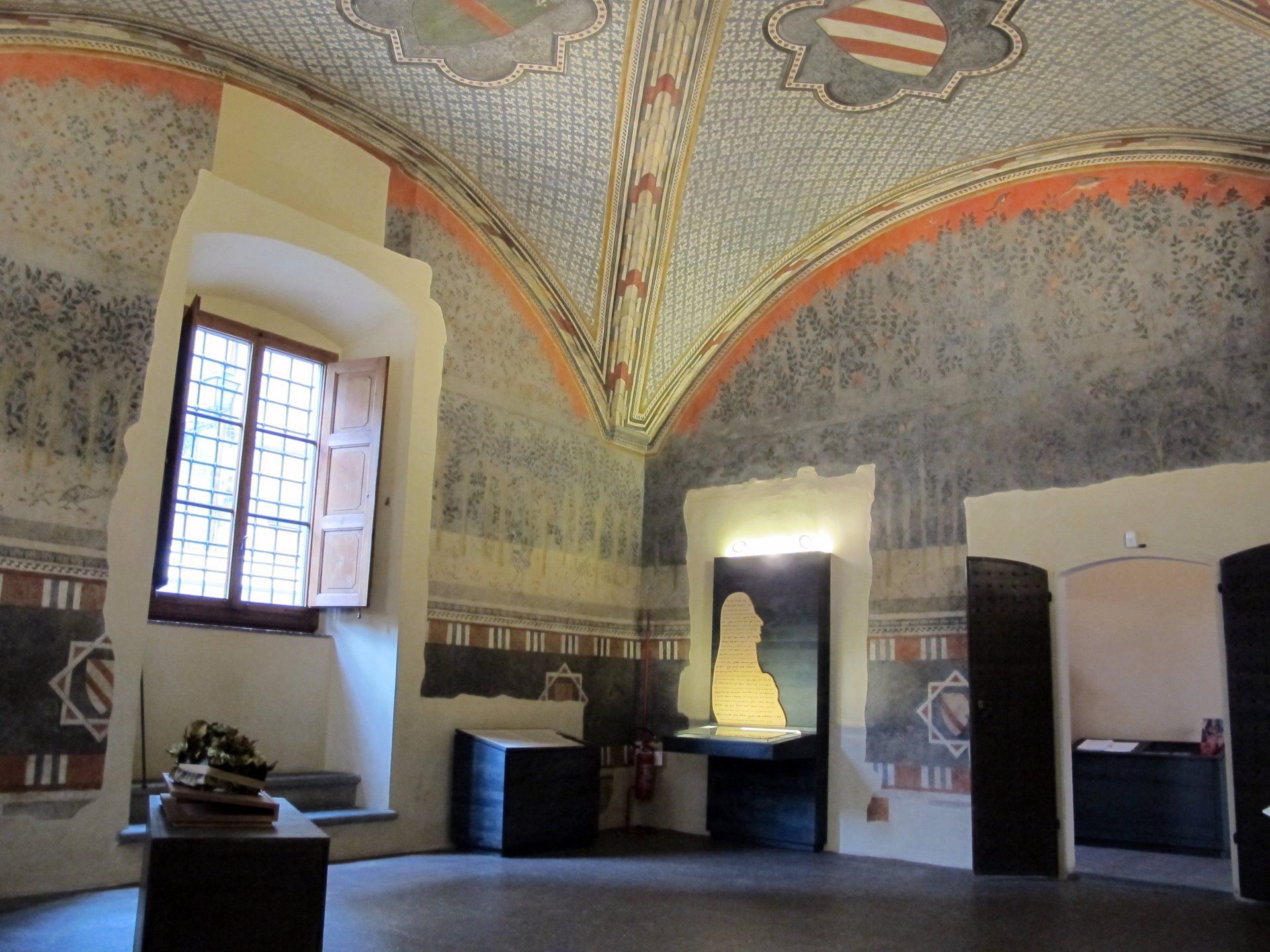
Titolo diapositiva
Scrivi qui la tua didascaliaPulsante
-
Prato - Palazzo Datini Museum
The residence of the famous merchant Francesco Datini, represents the most illustrious example of a pre-Renaissance bourgeois residence, which belonged to one of the richest merchants of his time.
Francesco Datini had accumulated enormous wealth thanks to his activity that ranged from the trade of arms, jewels, spices, to the marketing of wool and fabrics from Prato to the main international routes. His textile-financial company had branches in Italy and abroad, throughout the Mediterranean as far as Egypt. The building was also intended by the owner to fulfill a specific public role, hosting the King of Naples Louis II of Anjou twice in 1409 and 1410.
In the frescoed rooms on the ground floor it is possible not only to admire the splendid house and the works of art that enrich it, but also to retrace the personality of Datini, his relations with his wife Margherita, his economic activities, the history of construction of the palace and that of the Ceppi which, starting from 1410, have their headquarters there.
Through the rich iconographic apparatus present in the rooms, in Italian and English, the selection of original letters, the paintings and the frescoes on the walls, it is possible to get to know the life and entrepreneurial activity of the merchant who, starting from Prato, radiated in Florence and Pisa, to reach Genoa, and continue towards Avignon to arrive in Spain.
After the merchant's death, all the papers in his archive were walled up in the palace but were found in the 19th century. There are kept thousands of accounting books, textile samples, commercial letters, private letters, a completeness and richness that makes it considered the most important medieval mercantile archive in Europe.
-
Opening times and Entrance Ticket
PALAZZO DATINI MUSEUM IN PRATO
Via Ser Lapo Mazzei, 43
59100 Prato (PO)
Tel. +39 0574 963291
Mail info@museocasadatini.it
Opening Times
Saturday: 10.00-13.00 and 16.00-19.00
Sunday: 10.00-13.00
Entrance Ticket
Free entrance
Prato Palazzo Datini Museum in Prato - Opening times and entrance tickets
17/6/2021
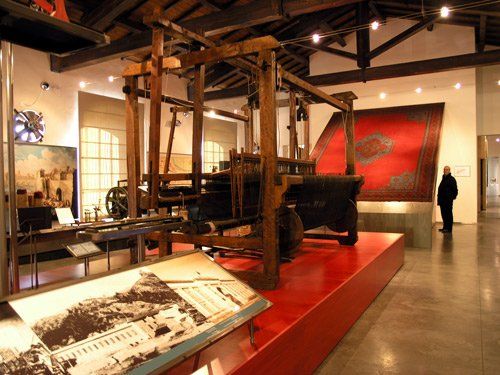
Slide title
Scrivi qui la tua didascaliaButton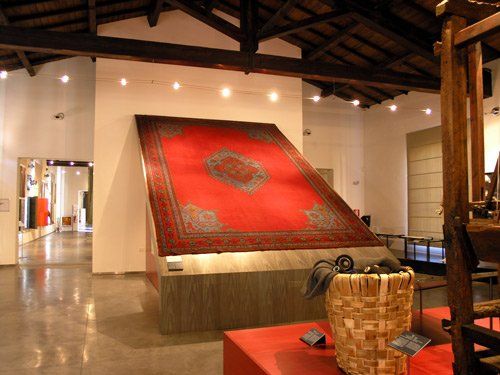
Slide title
Scrivi qui la tua didascaliaButton
-
Prato - Textile Museum
Prato and its surrounding area have been home to the textile industry since the Middle Ages, and wool cloth production has accompanied the growth of the city throughout the centuries.
The Galceti soil, the Bisenzio river and existence of water-channelling system of mill-ponds ("gore") are some of the reasons why the textile industry was started in the Prato area.
The Prato Textile Museum, is the only museum in Italy entirely devoted to the art and technology of textiles from the origins to our own times. The collection, which is continually growing, is made up of over 6,000 samples of fabrics and of objects and machinery from the old wool manufacture.
The historical collections comprehend fragments from Peru (pre-Columbian fabrics) and Christian burial grounds in Egypt (Coptic fabrics).
A large area is dedicated to textile production in the 14th — 18th centuries, with fragments of textiles from ltaly, Europe and the Middle and Far East.
The 19th and 20th century collections include samples of clothing and furnishing fabrics, some of which were designed by famous artists (Henry Moore, Giò Ponti, Raoul Dufy), as well as clothes, embroidery, laces and braids and samples of cloths from the first factories to be established in Prato.
The collection of ethnic fabrics from the 19th and 20th centuries, from lndia, China, Japan, lndonesia, and Central and South America, is of particular historical-anthropological interest.
The fabrics are displayed in innovative mobile cases which enable the organizer to change the layout of the room according to the exhibits available. Each case represents a historical period and the fabric are rotated periodically.
The layout respects conservation requirements while at the same time highlighting the artistic and technical aspects of the fabrics.
-
Opening time and tickets
Prato Textile Museum
Via Puccetti 3
59100 Prato
Opening hours:
From Tuesday to Thursday: 10 am -3 pm
Friday and Saturday: 10 am -7 pm
Sunday: 3 pm - 7 pm
Monday closed
Tickets
Full (single 19-65 years): € 10
Reduced (individuals over 65, affiliated, "Turandot Passport " holders): € 8
Reduced (children aged 7 to 18, students of all ages): € 6
Groups: € 8
Families (from 1 to 2 adults and from 1 to 3 children 6-12 years): € 16
Free: children from 0 to 6 years; disabled and invalids + 1 companion
Prato Textile Museum opening hours and entrance tickets
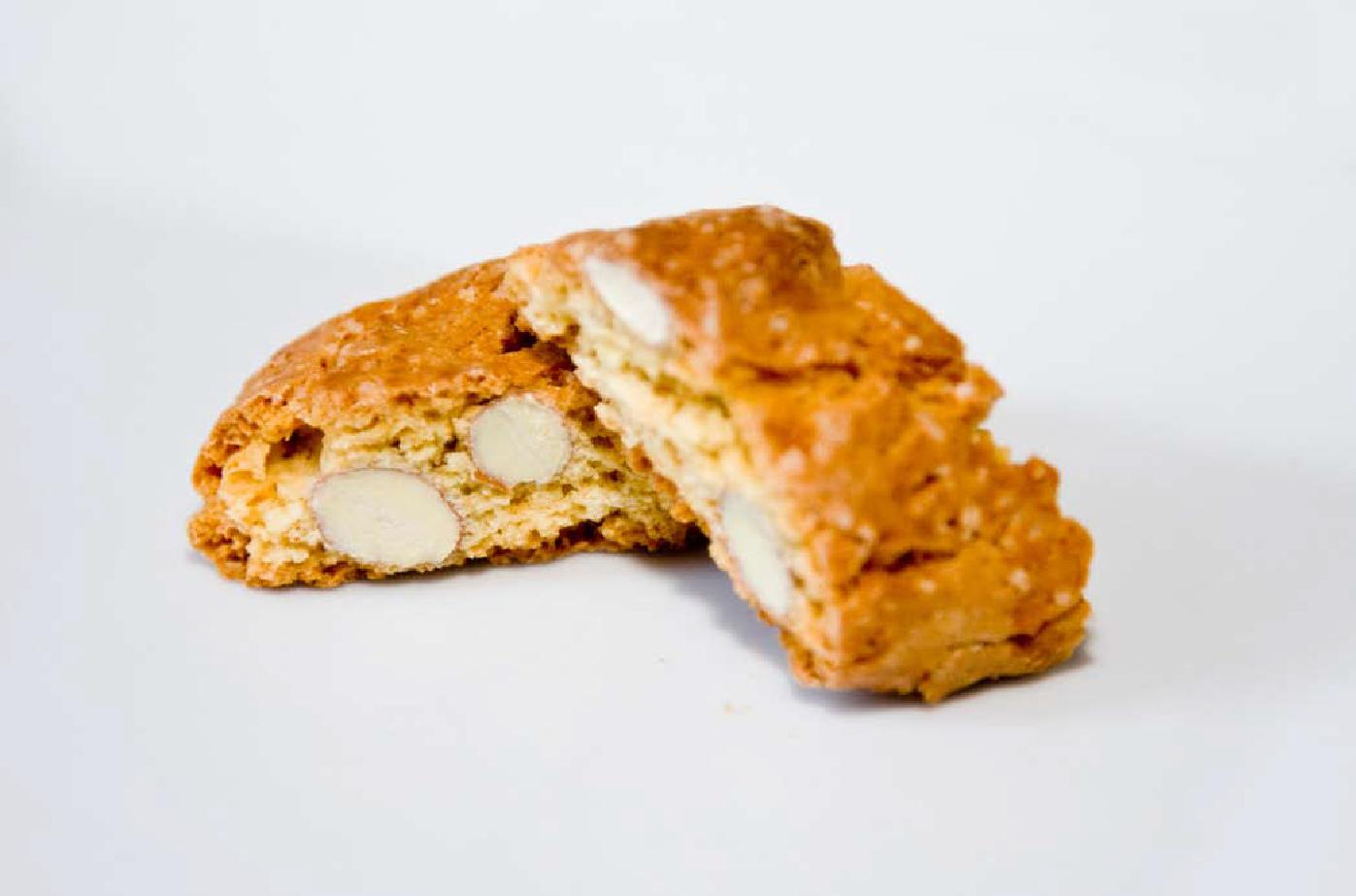
Titolo diapositiva
Scrivi qui la tua didascaliaPulsante
-
Prato - The Cantuccini
To talk about Prato and not talk about them is impossible… They are the famous biscotti said to be from Prato, but also called “cantucci” or “cantuccini”. They are one of the culinary delicacies of Italy and a feather in the hat of Tuscany.
Their origins, besides the legend that does nothing but increase the myth, it is known for certain that, the first documented recipe for this sweet is found in a manuscript conserved in the Prato archives, written down by Amadio Baldanzi, a learned resident of Prato from the XVIII century, and in this document the cookies are called “genovese” (from Genoa). This recipe was used again by the pastry maker, Antonio Mattei in the XIX century and since then has remained that which, becoming the definitive traditional recipe, distinguishes the original cookies from Prato from the numerous modern imitations. The Prato biscotti obtained great success in 1867 during the course of the World’s Fair that earned Mattei a special mention. Since then, the boom… To this day the best cookies are those baked in the well-frequented Biscottificio where the descendents of Antonio Mattei work, ready to give you a package of cookies in their typical blue waxed paper: the famous mattonella …
The dough is made exclusively of flour, sugar, eggs, almonds and pine nuts. The almonds are neither toasted nor skinned. No leavening or fat is used. As accompaniment it is a must to have an excellent bottle of Tuscan Vin Santo. But remaining in the halo of the myth, let’s return to the name and to why in the beginning we wrote that they are also improperly called “cantucci” or “cantuccini”. The true name should be “Biscotti di Prato” because at one time, cantucci were large rustic cookies made of bread dough enriched with olive oil and anise seeds. The double sense of the name may come from the fact that on the old Biscottificio Mattei sign (still present today), under the name of the store is written: “Fabbricante di cantucci” (maker of cantucci), which at that time was one of the main products of the cookie shop. Then, while the Biscotti di Prato went on to acquire fame, the cantucci became a minor product and almost forgotten, but the sign has remained there, unchanged… Probably then, people came to associate the name “cantucci” with the new cookies.
-
Cantuccini Recipe
Ingredients
500 g. flour
250 g. sugar
50 g. bain-marie melted butter
250 g. sweet almonds
6 eggs (one of which t0 brush (on before baking)
half a sachet of yeast and lemon rind as needed
1 Small Glass Vinsanto
On the baking-board make a volcano shaped mound with the flowr, sugar, 3 whole eggs and two yolks, lemon rind and yeast, und knead by hand adding butter and the Vinsanto. The dough should be soft; add the almonds previously toasted in the oven for 3 minutes and knead it a bit more. Divide the dough into small loaves the length of the baking dish. Before placing them in the hot oven, brush them with the eggyolk, then bake at 180° for about 30 minutes.
Afier baking, cut the loaves obliquely to give the biscotti their characteristic shape, then return t0 the oven for 5 minutes t0 finish baking. Serve with Vinsanto. There is a dispute among gourmets: one party asserts that for best results biscotti should be dipped in the Vinsanto tumler, the other claims that they should be eaten natural and the Vinsanto sipped separately.
-
Where to buy them
The Cantucci are sold in many bakeries and Tuscan specialty shops.
For those wishing to buy cantucci from the best known producer this is the address:
Biscottificio Antonio Mattei
Via Ricasoli 20
59100 Prato
The Cantucci of Prato - Short description and history
23/1/2022



